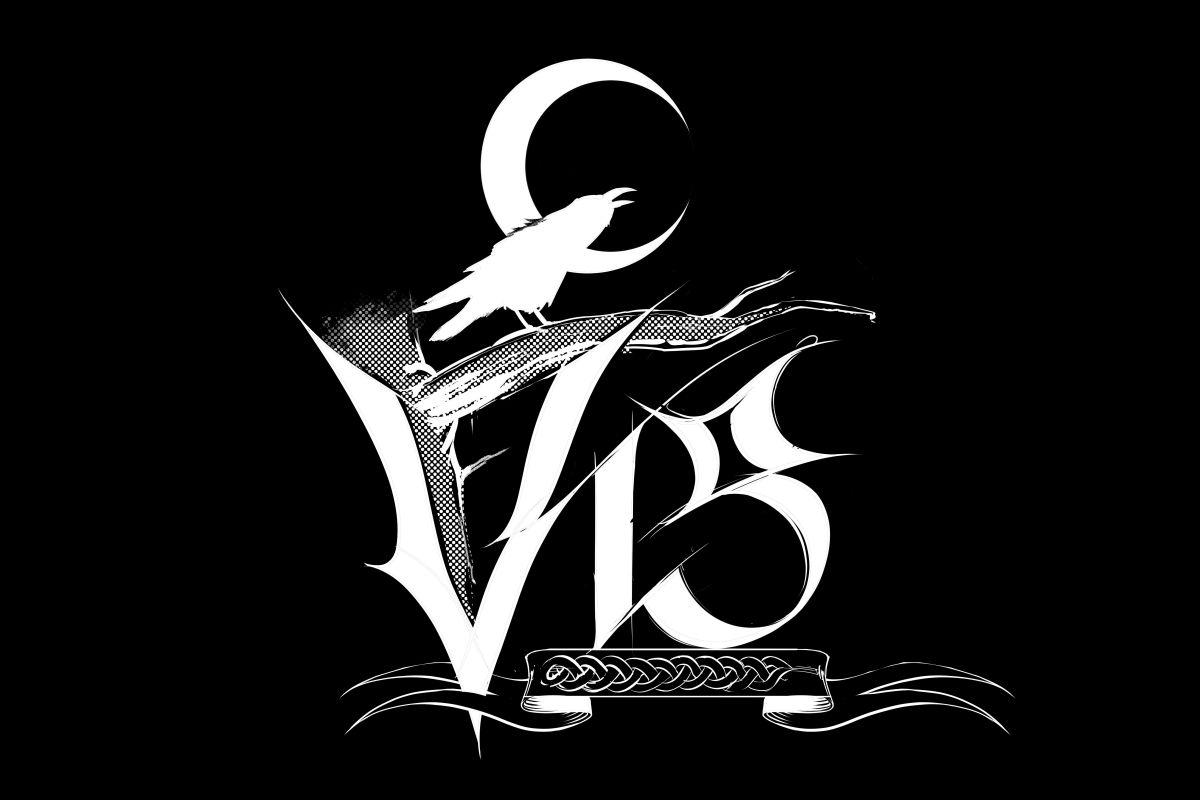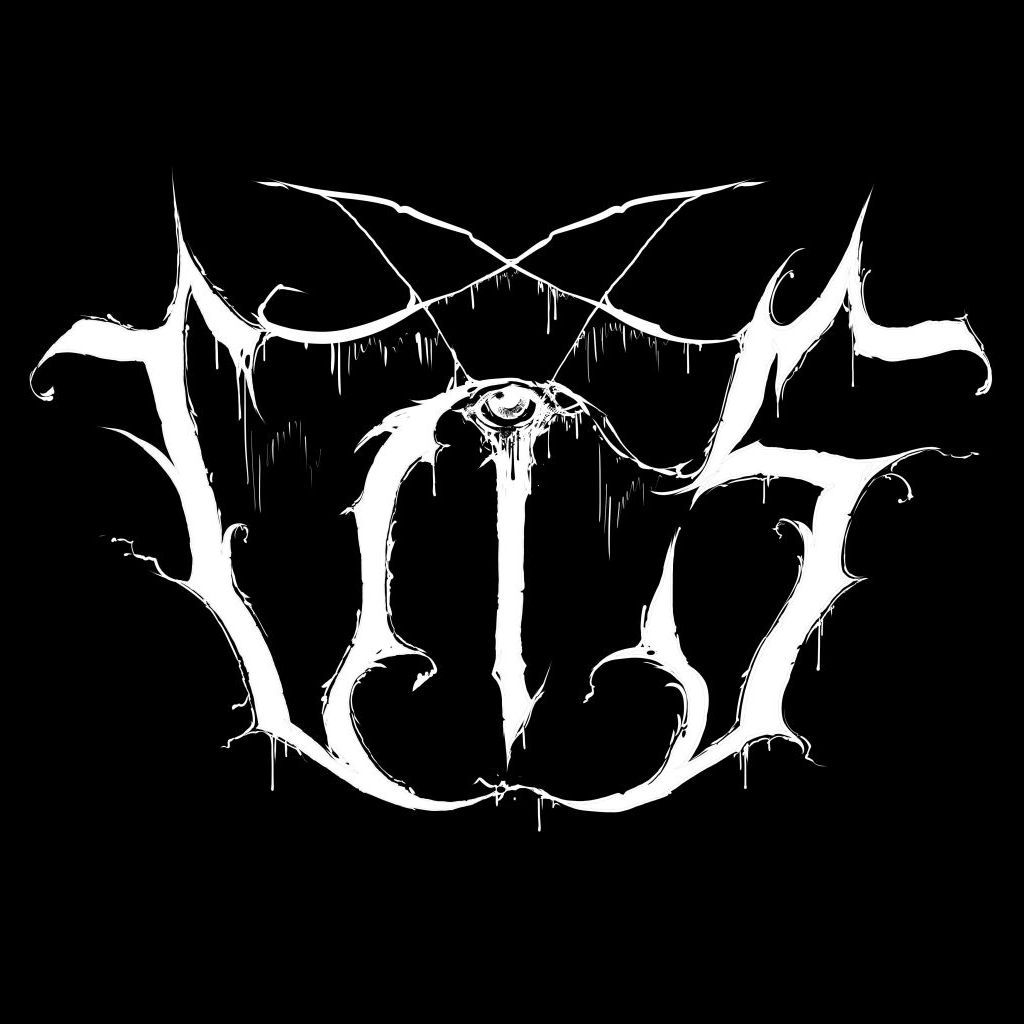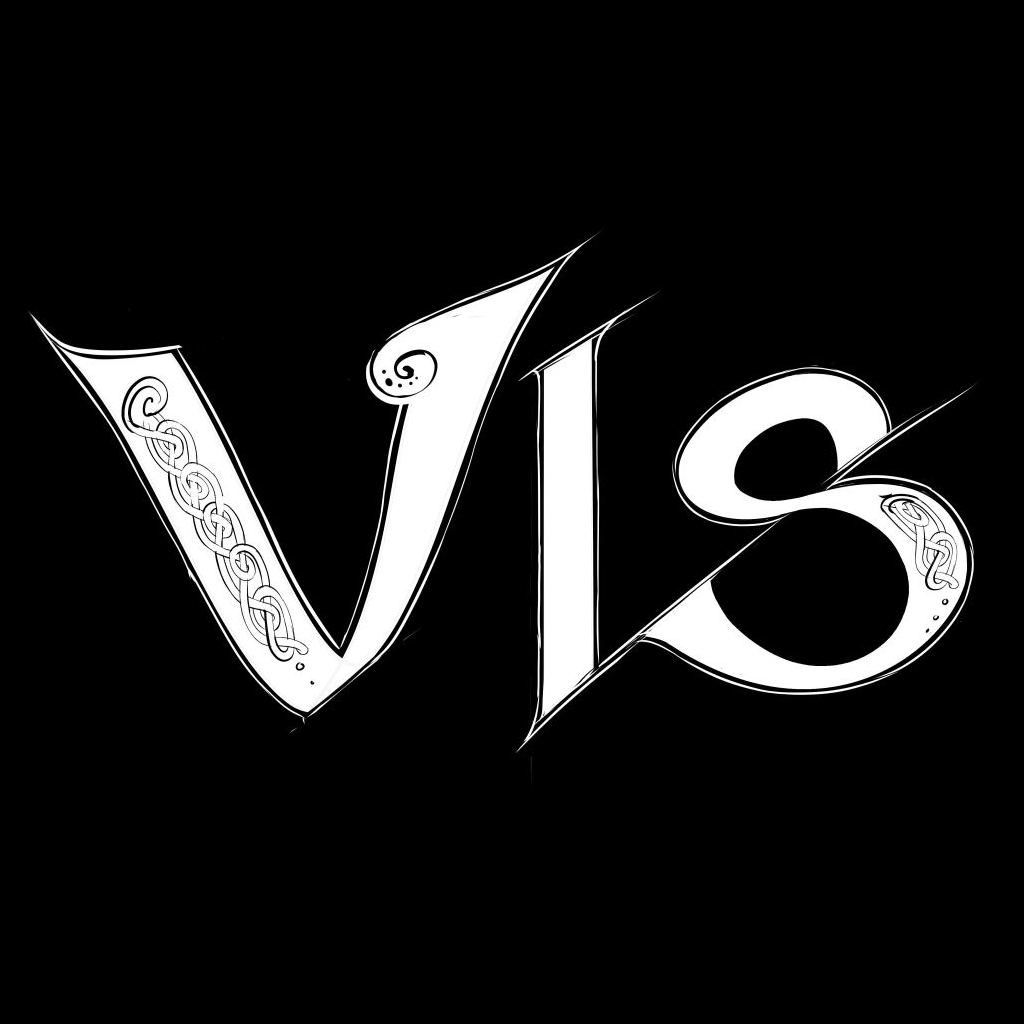Pagan Black Metal and Viking Metal
Pagan Black Metal is one of many off-shoots of traditional “mainstream” Black Metal; but whereas it can be difficult to differentiate one subgenre of Black Metal from another, it is very easy to recognize a Pagan Black Metal logo. The one thing that sets them apart from all other subgenres is a high level of “on-the-noseness,” with figurative, arty, romantic graphics accompanying logos that spell out “pro-Pagan romanticism,” stopping short of actually spelling out “We put Paganism on a pedestal.”

Some Pagan Black bands to check out:
- Drudkh
- Einherjer
- Moonsorrow
Pagan Black Metal and Viking Metal (continued)
So just what is Pagan Black Metal, you might ask? I’d answer it is Black Metal whose lyrical content usually deals with Germanic Neo-Pagan romanticism – evoking images of past greatness – which may raise some eyebrows (in some cases rightfully so). And, compared to conventional Black Metal, the music, which quite often includes folk melodies, is played in a generally slower, but more varying, pace.
If a band’s lyrical content deals not so much with Germanic Paganism and its ancient roots, as with Vikings and their deep rooted mythologies, or Nordic ethnic heritage, then you’re probably looking at a Viking Metal band.
But there’s a caveat, which concerns the workableness of the genre label “Viking Metal.” It’s that it’s not really workable. The problem is that Viking Metal as a term is so broad; it runs the whole gamut from bands rooted in Black Metal (Enslaved, Helheim, Naglfar) to those who lean more towards Folk Metal (Einherjer, Windir), to still others who play (Melodic) Death Metal (Amon Amarth, Unleashed).
Of course, this means that a Viking Metal logo could look like anything from a conventional Black Metal logo to a Nordic runic inscription.
Related (sub)genre(s):
Take me back to the sample overview.


